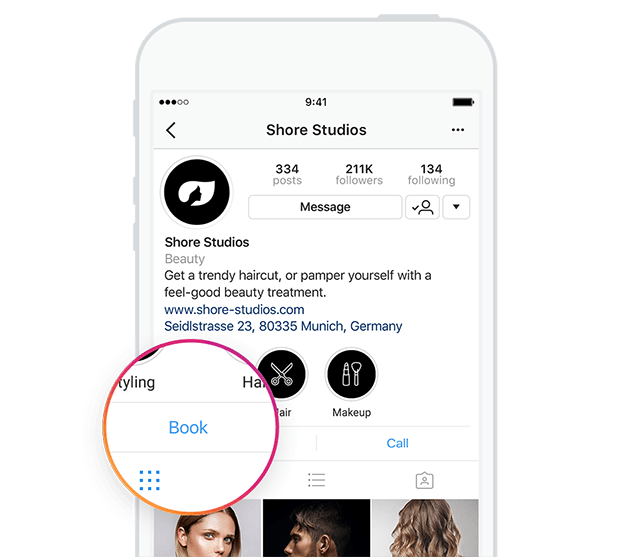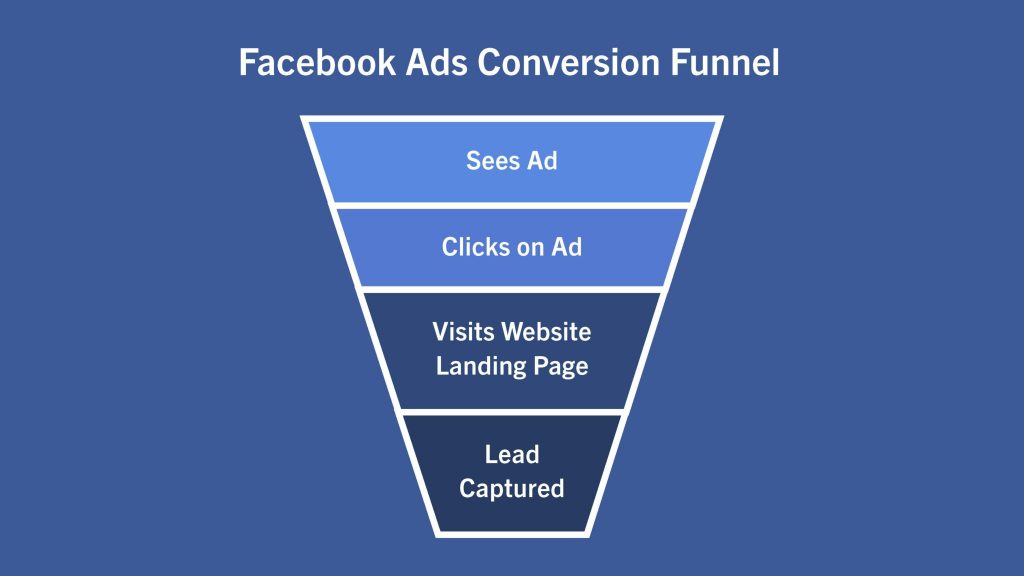More than 500 million Tweets are sent every day, and there are over 326 million average monthly Twitter users globally. Although many people see Twitter as predominantly a B2C marketing platform, you should consider that 75% of businesses use Twitter as a marketing tool.
But how to be successful on Twitter as a B2B? Let’s dive into it!
Twitter internal data shows that B2B audiences are more likely to engage on Twitter after repeat exposure to messaging. Therefore it is essential to be active on Twitter. Make the most out of the messaging option, if somebody likes or retweets your post, be sure to reach to them.

Although you won’t be successful most of the time, this the best way for a B2B strategy on Twitter.
But how do you get engagement on your Twitter posts in the first place?
One of the options that Twitter provides is to share your message with a large number of people in a short amount of time. Consider resharing hot news in your industry or elaborate on them with a Twitter poll.
Twitter polls are a great tool to involve your audience. You may even use polls to get feedback on your products and services. But the most important thing is to post content that’s about some recent and hot topic. This way your post will get retweeted way more easily and your channel will grow organically.
Take a look at this N26 poll to get inspired:
Don’t be worried that users won’t be interested in following a business page. The average Twitter user also follows five businesses, indicating that they have an interest in engaging with organizations on the platform.
If you manage to use the right hashtags that relate to your business industry, make engageable and “hot” content. If possible, be sure to also tag other relevant Twitter users, another business, or other employees.
Take a look on the usage of hashtags in this SolarisBank post:
Another thing is, that you don’t need to worry as much about sales all the time. Twitter is a great brand awareness platform for B2B marketing. People are 31 percent more likely to recall what they see on Twitter, making it a great place to share information that your Twitter followers will value and showcase your products.
If it suits your business model make video content. About 80 percent of customers report that they would rather watch a video that showcased products rather than just read about them.
With enough followers and engagement, your Twitter eventually becomes a great platform to promote your landing page and product. The key is patience, keep posting consistently and take a look for the most trendy topics in your industry.




















